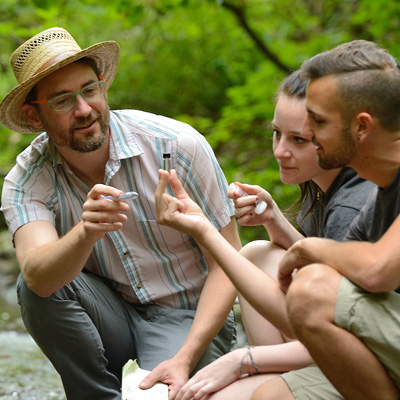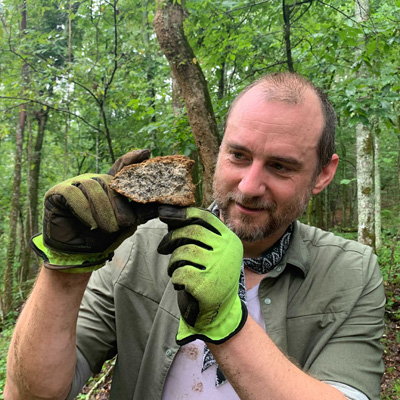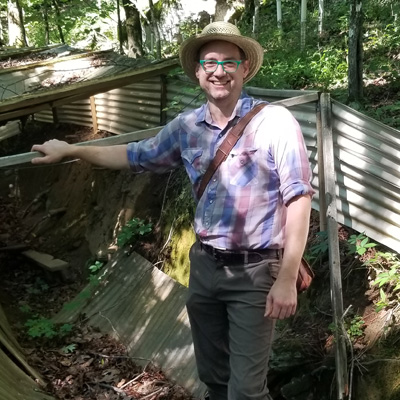Ciaran J. Harman
Johns Hopkins University
Citation
Dr. Ciaran Harman is the preeminent theoretical hydrologist of his generation. He has made fundamental contributions to hydrological theory and model development at hillslope and catchment scales. Ciaran is best known for his work to understand heterogeneity in hillslopes and catchments by inferring transit time distributions from measurements of flow and transport in research catchments. Specifically, Ciaran has advanced a framework for modeling solute transport that can be applied at the catchment scale. This framework is based on StorAge Selection (SAS) functions, which generalize the concept of a transit time distribution to account for unsteady flow and variable storage. This is a substantial breakthrough in hillslope hydrology, literally transforming the way to interpret tracer data and thus conceptualize runoff generation processes. SAS functions express how the outflow of a system is “selected” from the storage. The framework is entirely general and is capable of capturing the nonlinear, time-variable complexities of transport through catchments. After validating the SAS model using field data and experiments, Ciaran embarked on new research to connect the SAS functions to climatic and landscape characteristics. Ciaran has shown that concepts of storage-discharge relationships and transit time distributions can be unified into an age-ranked storage-discharge relationship, which is a major breakthrough in this line of research. In more recent work, instead of asking how the effects of heterogeneity may be inferred from field observations (i.e., his work on SAS) or how they can be captured in upscaled descriptions of hillslope and catchment scales (i.e., closure models), Ciaran has sought to understand deeper questions such as how these heterogeneities arose and how they might have “coevolved,” thus pushing the boundaries of what hydrology might seek to accomplish as a discipline. Ciaran developed a quantitative, physically grounded theory of how hydraulics and chemical weathering coevolve in hillslopes to simultaneously control the subsurface architecture of weathering fronts and shallow subsurface flow systems at geomorphic steady state. His work drew upon fundamental principles of hillslope hydrology, geochemistry and geomorphology to predict the location of weathering zones in hillslopes as a function of overall rates of landscape denudation. In this way he has not only extended the boundaries of hydraulic groundwater theory but has unified two of the main hypotheses driving research in the critical zone science community about the relationships between topography and weathering in hillslopes. This result has had a major impact on the critical zone science community.
— Martyn Clark Centre for Hydrology, University of Saskatchewan Saskatoon, Saskatchewan, Canada
Field Photos




